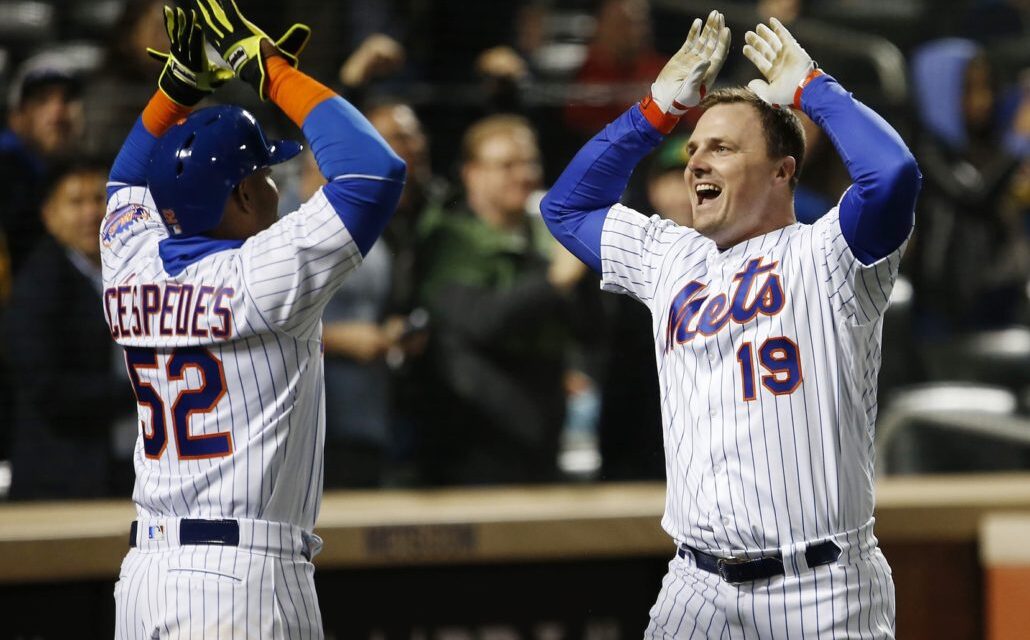
As the trade deadline approaches and the Mets continue to play around .470 baseball, it has become clear that it isn’t in the cards for New York this year.
The good news is, the Mets have tradable assets that should net some decent returns, including bullpen arms Jerry Blevins, Addison Reed, infielder Astrubal Cabrera and of course, Jay Bruce who is putting up monster numbers in his first full year as a Met.
Fans, and even the ownership, seem split on whether or not to trade Bruce or hold onto him and hope to re-sign him for next year.
Of course, signing Bruce to a long-term contract is risky business now that he has turned 30-years-old. The Mets’ history with long-term deals of players in their 30s is not exactly stellar. Even Mike Piazza had his issues toward the end of his Mets’ career. We of course, do not need to rehash Jason Bay, 1992’s “Worst Team Money Could Buy” and its cousin, the 2002 free agent laden disaster of a team.
Additionally, the trade market for Bruce does not seem lucrative either.
If you think back to last season, the Mets traded for Bruce who was better than a rental with a palatable option clause in his contract. This only netted an enigmatic second base prospect in Dilson Herrera, and Max Wotell, a once highly thought of pitching prospect, who wasn’t and still isn’t developed.
Sluggers like Bruce, once prized on the free agent market, had to sweat out their free agencies this past offseason. Edwin Encarnacion had to wait until December before acquiescing to a three-year deal, Mark Trumbo had to play a game of chicken with the Orioles before eventually re-signing, and his teammate Chris Davis had to wait until January, albeit at an extremely lucrative number.
The days of prying Zack Wheeler from Brian Sabean to rent Carlos Beltran for two months seem to be over.
For the Mets however, the solution is quite simple – hold onto Bruce.
The new qualifying offer rules are complex, but still favor the Mets.
The first condition is a free agent must never have received a qualifying offer in his career.
The Mets have the Cincinnati Reds to thank for proactively signing Bruce to a long-term deal thus making Bruce eligible to receive a qualifying offer in 2017.
The second condition involves financial status of the free agent’s former team.
The Mets fall into the category of under the luxury tax threshold, but do not receive revenue sharing which puts them in position to be potentially compensated with a draft pick after the second competitive balance round.
So let’s play this out.
Jay Bruce plays out the season as a New York Met and puts up his usual 30+ homeruns, 85+ RBI.
The Mets offer qualifying offer of one year, around 19 million dollars one of three things will happen:
- He might just take it. This would be a fantastic result. You get your guy, for one year on another walk year as he hopes to cash in as a free agent in 2018.
- He rejects it. The market explodes for him and he receives a large contract offer from another team. The Mets get a draft pick around number 80 in the 2018 MLB draft, and can add a prospect effectively trading Jay Bruce for a prospect.
- He rejects it, there is a very weak market for Bruce and you can bring him back at a price and at years that work for both Bruce and the New York Mets.
So while the process is complicated, the answer is simple: Hold onto Bruce, offer the qualifying offer and get the player or the draft pick.
















